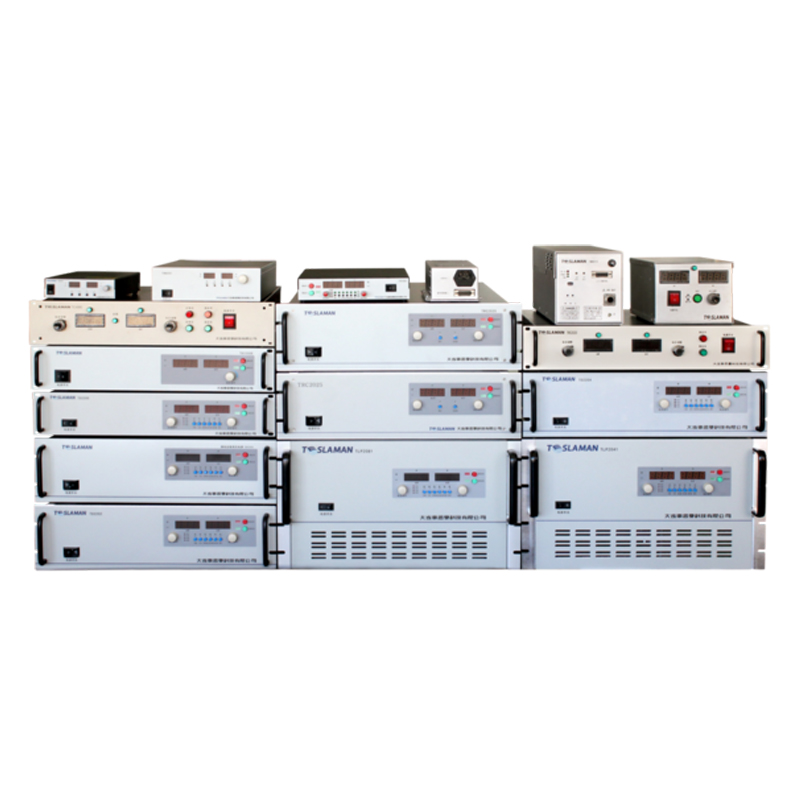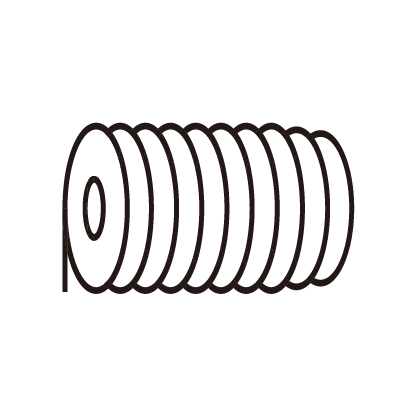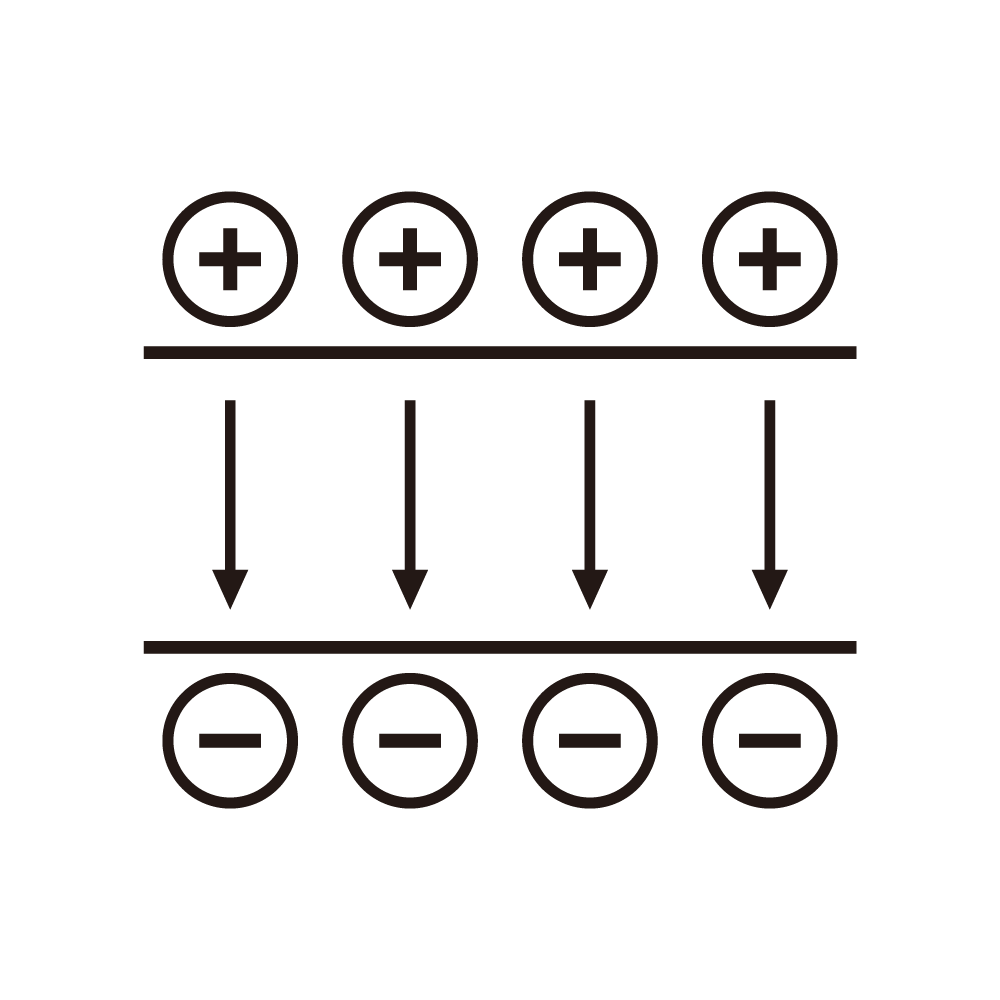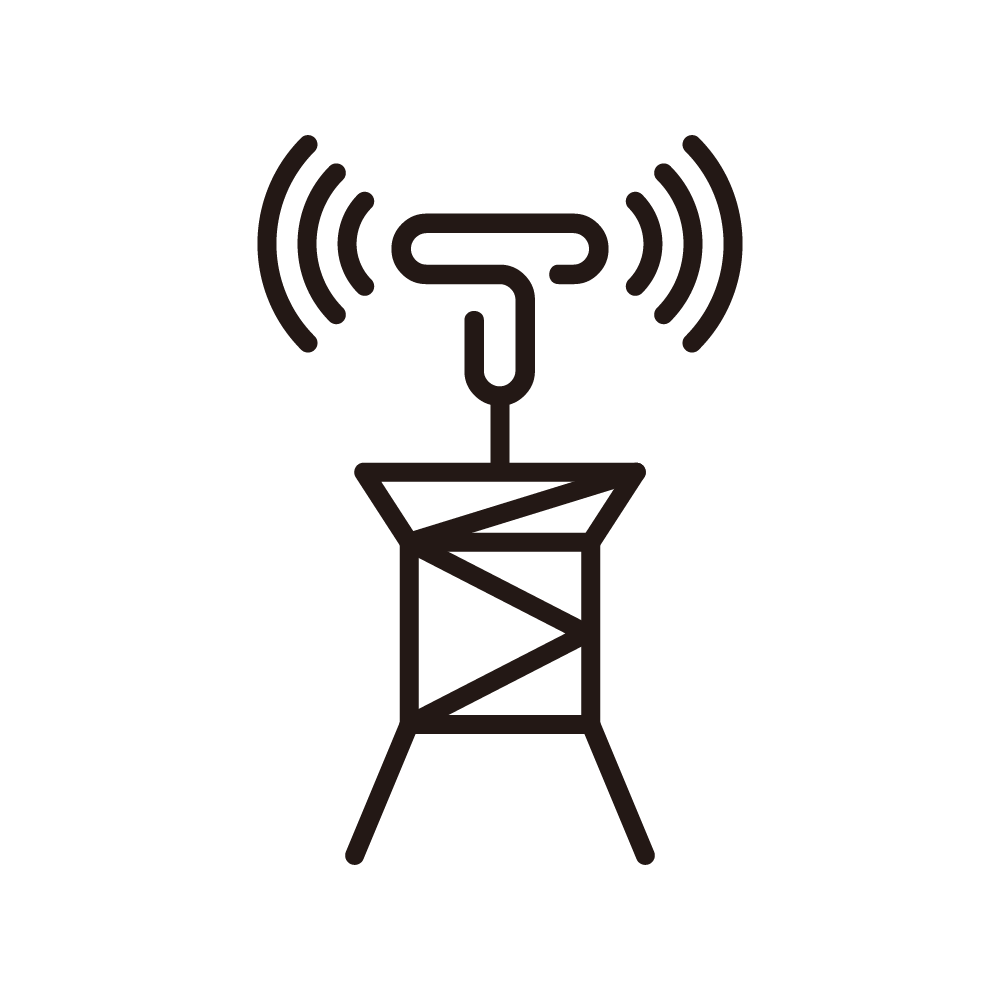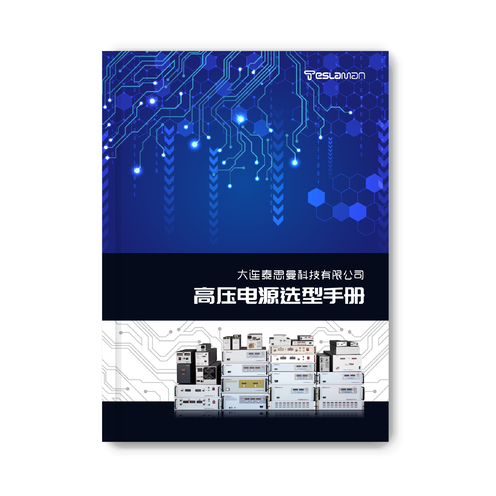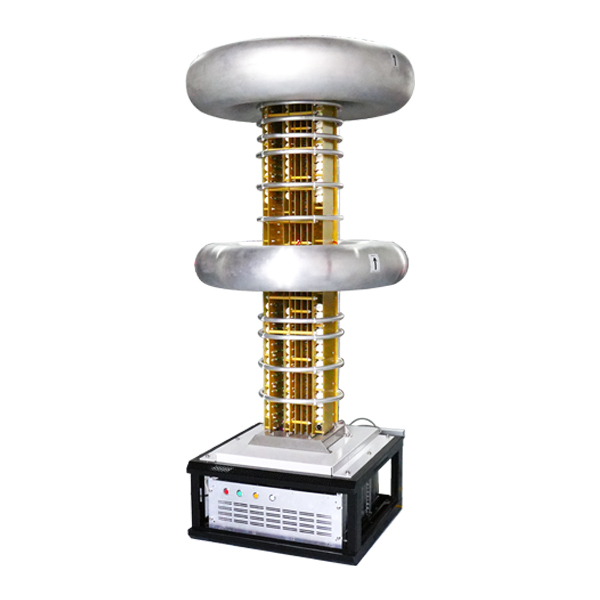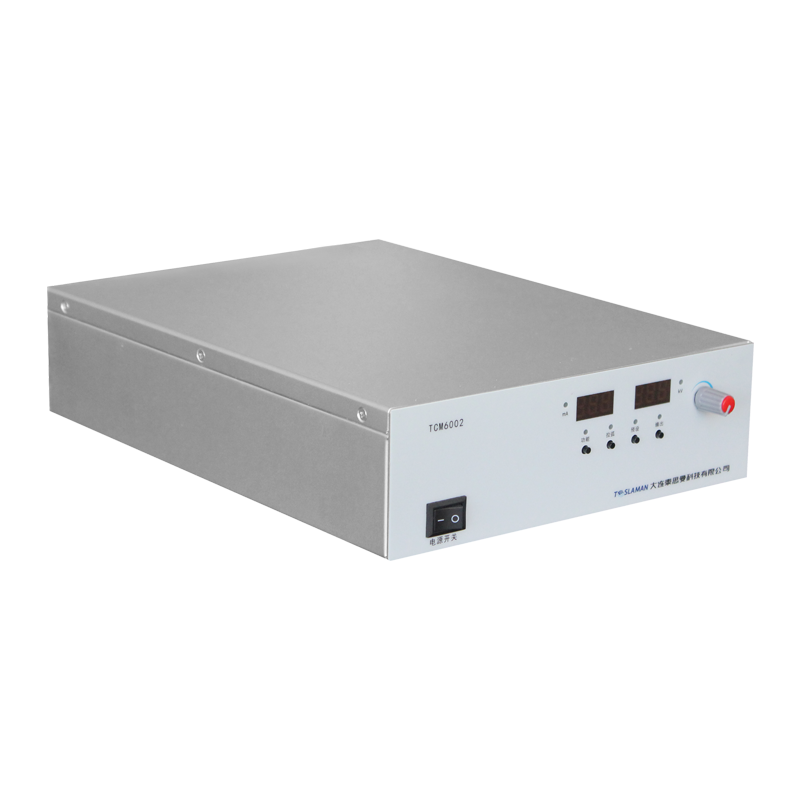Quantitative Analysis Methods of High-Voltage Power Supplies
In the field of electronic technology, high-voltage power supplies serve as crucial energy supply units, and the quality of their performance directly affects the stability and reliability of the entire system. In order to comprehensively and accurately evaluate the performance of high-voltage power supplies, quantitative analysis methods are particularly important. These methods can provide data support for the design, optimization, and fault diagnosis of high-voltage power supplies through precise measurement and calculation.
Accurate measurement of voltage and current is the foundation of quantitative analysis of high-voltage power supplies. Due to the high output voltage and complex current characteristics of high-voltage power supplies, ordinary measuring instruments are often insufficient. High-voltage probes are usually used in conjunction with oscilloscopes for voltage measurement. High-voltage probes have the characteristics of high attenuation ratio and wide frequency band, which can convert high-voltage signals into low-voltage signals acceptable to the oscilloscope, enabling accurate capture of parameters such as voltage waveforms, amplitudes, and ripples. For current measurement, Hall current sensors are widely used due to their advantages such as non-contact measurement and good isolation performance. It reflects the magnitude of the current by detecting changes in the magnetic field, effectively avoiding interference with the circuit during the measurement process and accurately obtaining the real-time value and change trend of the current.
Quantitative calculation of power and efficiency is an important indicator for evaluating the performance of high-voltage power supplies. The output power of the power supply can be calculated by multiplying the voltage and current. However, in high-voltage power supplies, due to influencing factors such as the power factor, the actual power calculation needs to introduce the phase relationship. Through a power analyzer, the amplitudes and phases of the voltage and current can be measured simultaneously, and then the active power, reactive power, and apparent power can be accurately calculated. The efficiency of the power supply is the ratio of the output power to the input power. By accurately measuring the input and output powers, the loss during the energy conversion process of the power supply can be quantitatively evaluated, providing a basis for optimizing the power supply design and improving energy utilization.
Frequency characteristic analysis is also a key part of the quantitative analysis of high-voltage power supplies. During the operation of high-voltage power supplies, the output signals contain different frequency components, and these frequency characteristics will affect the stability of the power supply and its adaptability to the load. A spectrum analyzer can be used to perform spectral analysis on the output signals of the power supply to obtain the amplitude distribution of each frequency component. By analyzing the proportional relationship between the fundamental frequency and harmonic components, it is possible to determine whether there are abnormal oscillations or electromagnetic interference problems in the power supply. At the same time, the impedance characteristics of the power supply at different frequencies can also be studied, providing data support for matching the load and suppressing interference.
In addition, quantitative evaluation of thermal characteristics is equally important for high-voltage power supplies. High-voltage power supplies generate heat during operation, and excessively high temperatures can affect the performance of components and even lead to failures. Temperature sensors are arranged at key positions to monitor the temperature at each point in real-time, and a thermal imager is used to visually display the temperature distribution of the power supply. Combining with the principles of heat transfer, a thermal model is established to quantitatively analyze the heat conduction, heat convection, and heat radiation processes of the power supply, thereby optimizing the heat dissipation design and ensuring that the power supply operates within a safe temperature range.
In conclusion, the quantitative analysis of high-voltage power supplies covers multiple aspects such as voltage and current measurement, power and efficiency calculation, frequency characteristic analysis, and thermal characteristic evaluation. By comprehensively applying these methods, a comprehensive and in-depth understanding of the performance of high-voltage power supplies can be achieved, providing strong support for their performance improvement and reliable application.
